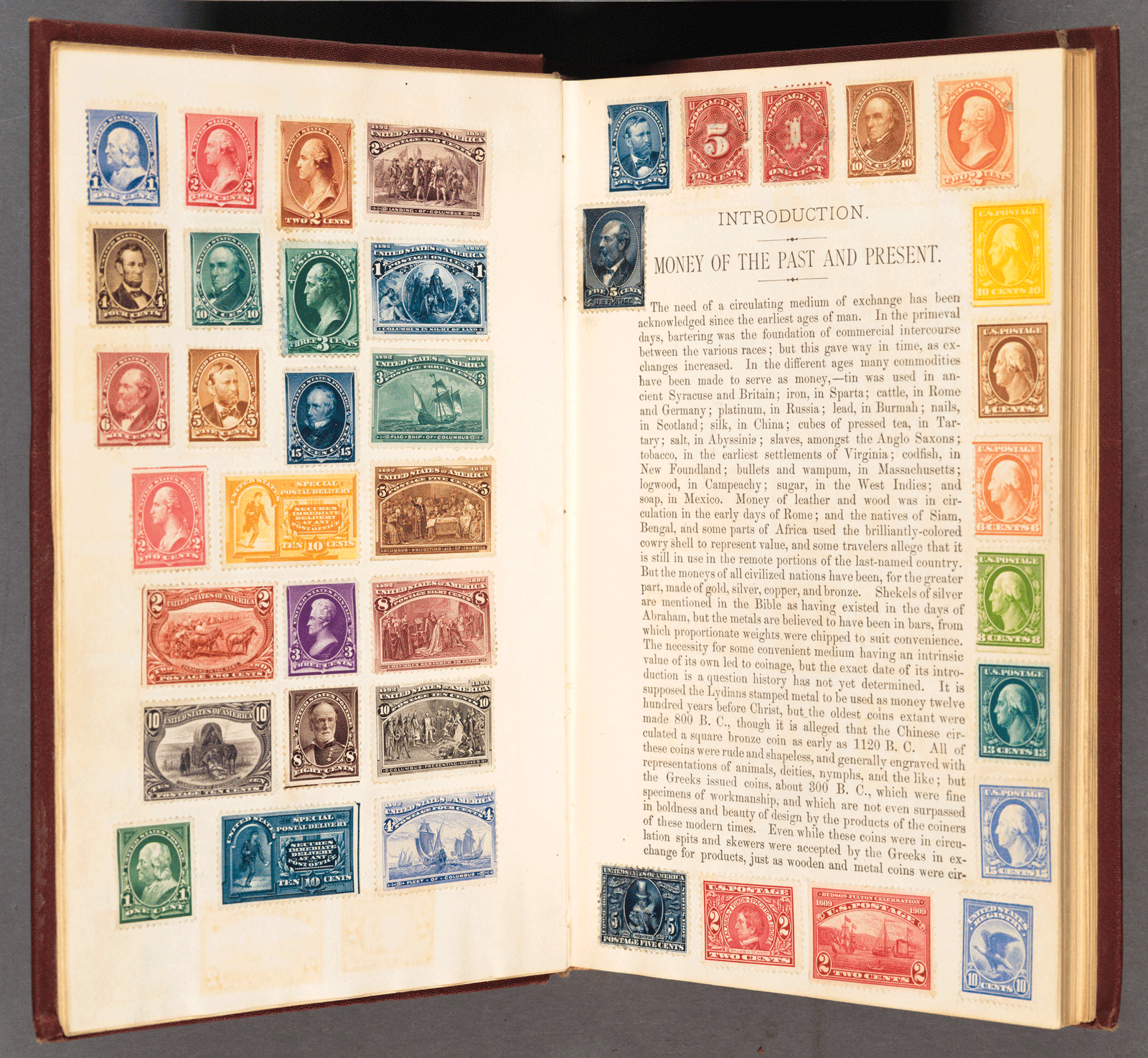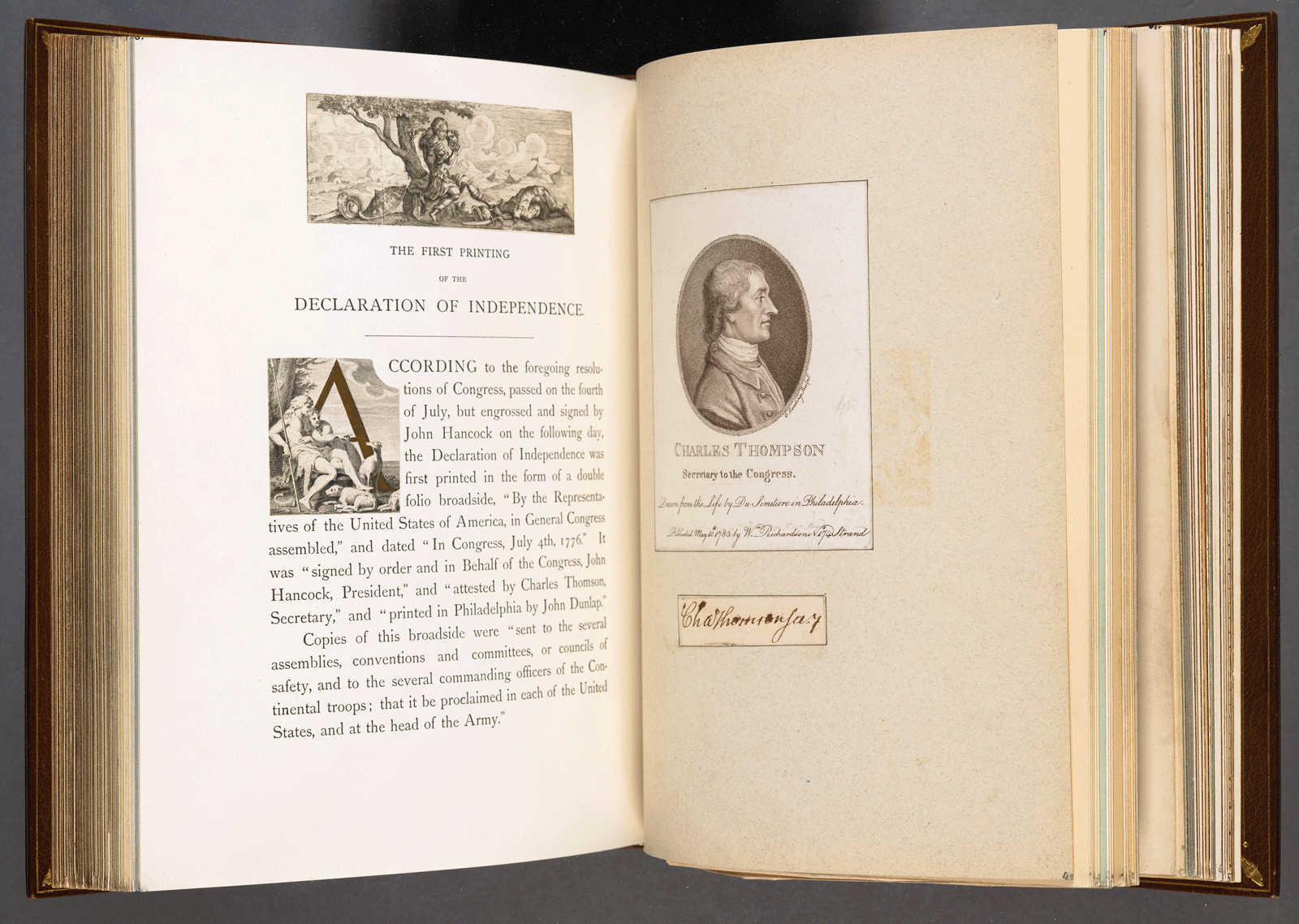In other words, it’s just a typical day working with those singular treasure troves known as “extra-illustrated books.”
They deserve to be better known. Extra-illustration is often called “Grangerizing,” but James Granger (an Oxfordshire clergyman who died in 1776) did not invent the practice. What he did devise was a scheme to organize portrait prints. His Biographical History of England, from Egbert the Great to the Revolution (1769) began as a catalogue of the many engravings owned by his friends. These inspired him to write short biographical entries for each “head.” To classify them, he grouped the heads by era (measured by the reigns of the English monarchs), then subdivided them by social class: from royals to royal councilors; from greater to lesser nobility; from famous laypeople to the final caste, persons “remarkable from only one Circumstance in their Lives”—generally an infamous or ignoble one. This process he called “reduction to system:” a way to tame England’s turbulent past into an orderly progression of visible personalities.
He had plenty of material evidence at his disposal. The good, the bad, and the ugly: all could be found immortalized in print portraiture and book frontispieces in the market stalls of eighteenth-century London. The Rev. Granger thus unwittingly paved the way for what one later critic called “a general rummage after, and plunder of, old prints”—and worse, the dismantling of perfectly good books in the feverish quest to grow a collection. Granger apparently kept his engraved portraits in a cabinet, but those he inspired (in whose ranks we count many members of the Royal Society and antiquarians like Horace Walpole) soon began to use theirs to illustrate books about English history.
This the Grangerizers did by cutting an original book out of its bindings, remounting its pages on sheets large enough to hold prints and uniform enough to be bound as a new book. They then inserted their portraits next to relevant passages, sometimes gluing them onto the sheets and sometimes inlaying or tipping them in. They then had the entire book rebound, sometimes inserting their own name on a new title page. Collecting being the remarkably competitive and acquisitive pursuit it is, Granger’s “reduction to system” usually resulted in a book’s massive expansion: to many times its original size; with a book in quarto growing into several folio volumes.
Grangerizing made books into repositories of historical portraits, but the hobby soon moved on, to new subjects—Shakespeare, the Bible, travel narratives; and, to other additions—images cut from other books, original works of art, even (as we saw with Grammont’s Memoirs) autograph letters and other memorabilia. Extra-illustrators finally forgot there ever was a book at the heart of its grangerized version, and by the third decade of the twentieth century the hobby fell out of favor. But not before most major collectors and libraries had purchased large numbers of volumes that, in retrospect, have regained their cultural value and cachet, albeit, perhaps, of a very different sort than that envisioned by the Reverend Granger, Horace Walpole, or even John Ruskin (who famously complained of the exhausting labor involved in the “cutting up of missals” in a diary entry).
With holdings that include the celebrated “Kitto Bible,” which contains more than thirty-three thousand added prints and original drawings spanning the fifteenth through the nineteenth century; the much-consulted copy of Granger’s Biographical Dictionary extra-illustrated by Richard Bull, which, at sixty-nine volumes, is the largest such set in the world; the “Turner Shakespeare,” showcasing the best known European engravers of the eighteenth century; and many sets illustrated by such famous (or infamous) illustrators as Bull, Walpole, Augustin Daly, and Thomas Addis Emmet (the preeminent American practitioner of the art), we estimate that the Huntington’s extra-illustrated book holdings contain more than ninety percent of all the artworks owned by the Huntington Library, Art Collection, and Botanical Gardens combined. (In fact, given that most of these massive volumes have yet to be catalogued, a more reasonable assay would have to admit a seeming impossibility: at present it must contain more than one hundred percent!) Illuminated Palaces (which opens on July 27 and runs through October 28, 2013) will display only a fraction of the books in this collection, but we hope, as we do with all library exhibits, it reminds viewers of the surprising treasures to be found on—and even between—the pages of a book.


















